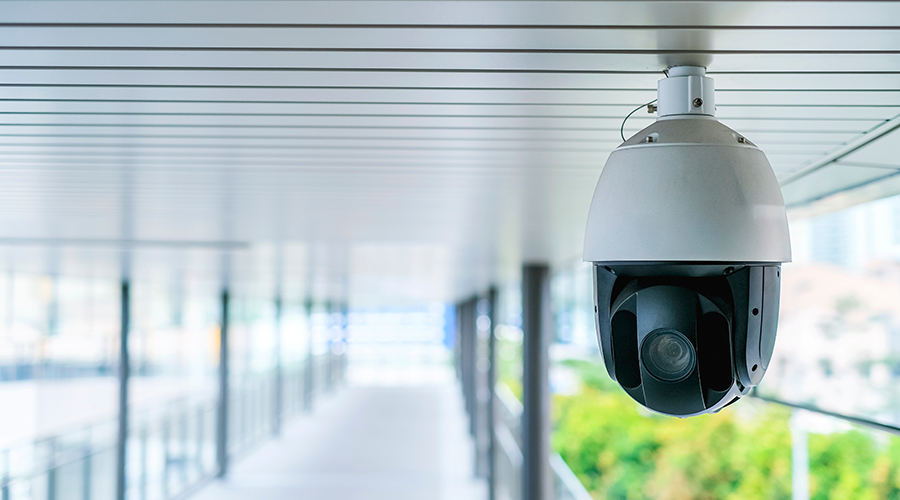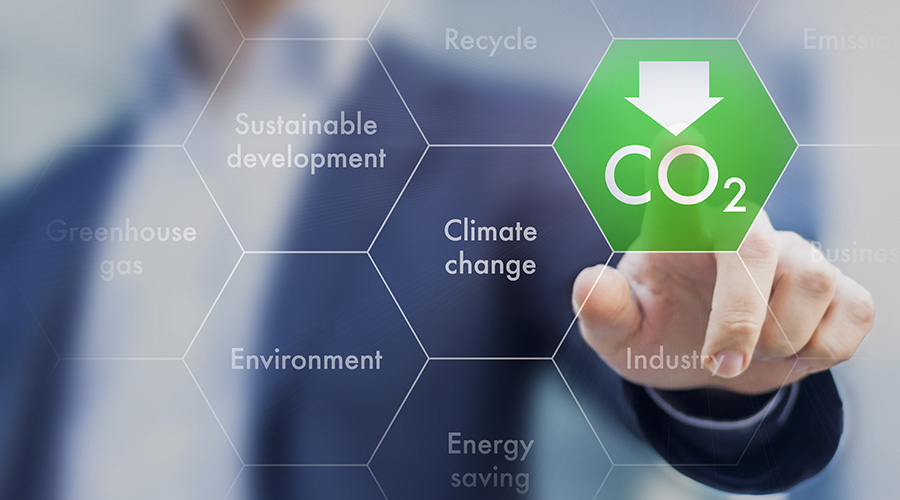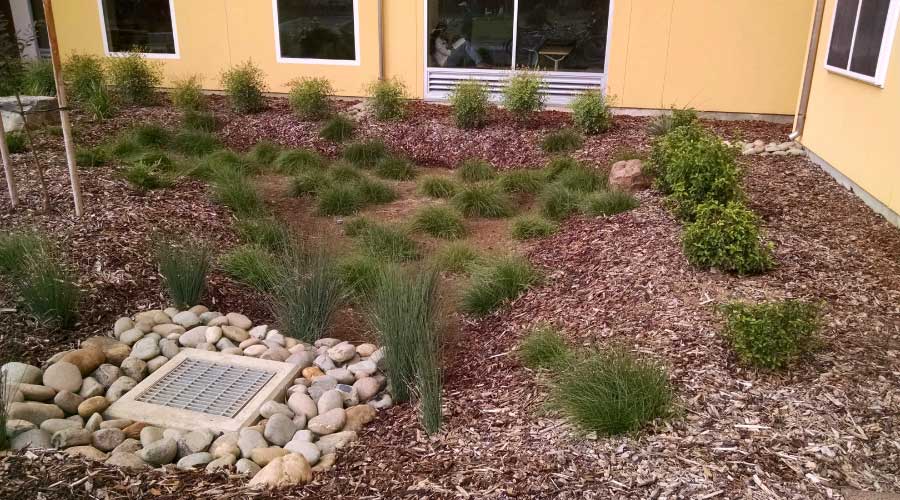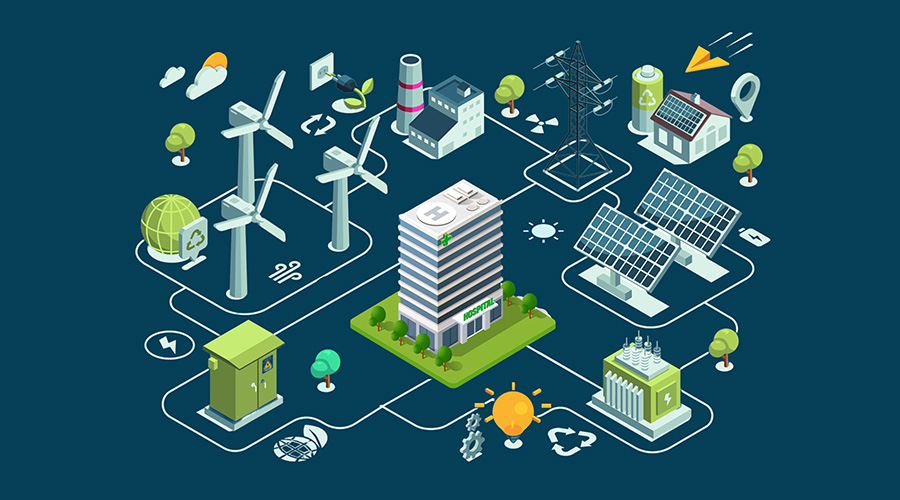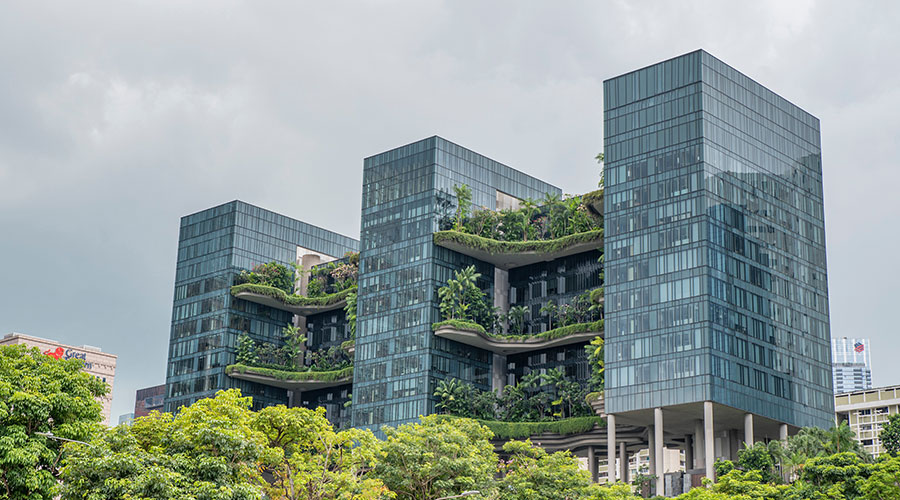Better Data Can Make LEED-EBOM An Easier Sell To Tenants, Owners
There are countless ways to tell a tenant or an owner that a LEED project is a good idea and should be high on their priority list, but it's more effective to show them. Such projects are gradually becoming an easier sell; not only are the benefits becoming more well-known outside the facility management industry, but there's also better data available to make the argument.
Transwestern's Allan Skodowski says that, five years ago, if he suggested a green roof to an owner, "they looked at me like I'd grown a third eye." Now, he can prove how the roof interacts with the rest of the building.
"Today, I say, 'Well, if I put this green roof on, guess what? I'm going to reduce your sewage conveyance costs by 75 percent, and that equals X, and your payback is Y,' and I have real data to show that," he says. "Five years ago, seven years ago, I didn't have that. It was just a gut, 'Hey, I can do this, this is what I think it will be.' Today, I have real, substantive data that shows that a building with a green label certification — LEED, Energy Star, even — generally has higher occupancy and generally is maintaining a bit of an edge relative to rental rates."
Going hand-in-hand with better data is better equipment, which is often tested in a pilot installation to see if it delivers the expected combination of performance and savings. If it meets those goals, then it is expanded to the rest of the enterprise. And, with so many building systems seeing efficiency improvements, energy savings can be easily achieved, says Sheehy.
"Ninety-five percent of the buildings I go into still have 32-watt T8 bulbs," he says. "I tell them, 'Go throw a 28 (watt) right next to it, right now and tell me if you can see a difference.' The eye can't perceive the difference, and I tell them, 'You just saved 12 ½ percent on lighting by making that switch.'"
Getting Easier
LEED-EBOM projects offer a variety of challenges regardless of facility type or occupancy type. But they offer a lot of benefits, too, and not just in terms of dollars and cents. While it's up to the building owner to decide on a project and up to the tenants to decide whether they want to cooperate if needed, it's becoming easier every day to make the argument.
"If you can do things in a building that are better for the inhabitants, better for the vendors servicing the building, and, as an added bonus, better for the environment — why not do them if they are free and easy to implement?" Molotsky says. "Is it better to have paint with high-VOC content or low-VOC content if the paint is the same color and there is no cost difference? Well, the answer's kind of easy: Of course low-VOC.
"Is it better to have ceiling tile with recycled content, wall-board that does not off-gas, paper supplies and bathroom supplies with local delivery and recycled content, chemicals that are less problematic in an interior environment, trash diverted from the landfill and recycled, electronic waste that is recycled instead of thrown out, etc.? If all of these items can be done for no cost, which they all can, then why not execute and do them?"
Related Topics:







